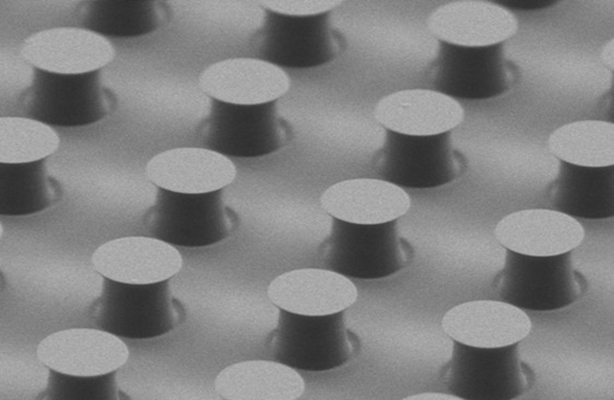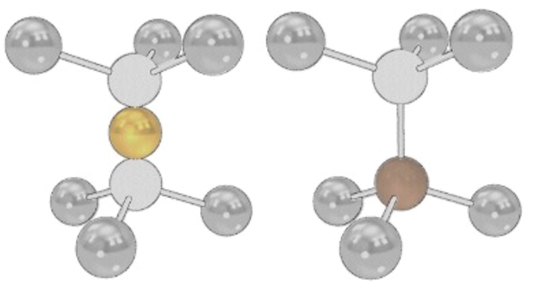
Color centers in diamond are a leading technology platform for quantum communication and networking. In this announcement, we introduce you to key concepts of quantum communication and discuss how diamonds can be used in quantum networking nodes.
“We are also announcing a new research collaboration with Amazon Web Services (AWS) to explore ways to develop and improve synthetic diamond for quantum networking. Quantum networks: entanglement distribution over long distances” said Element Six.
Quantum networks use the properties of entanglement and superposition to securely distribute quantum information between network end users. These networks consist of two types of nodes – backbone nodes and end user nodes – each of which rely on different types of technology.
End user nodes can use traditional telecommunications resources like lasers and detectors to communicate with the backbone nodes. Backbone nodes, on the other hand, will require a new type of infrastructure: a quantum repeater. These repeaters serve a similar function as amplifiers in classical communication networks by correcting for loss and infidelity which occurs as quantum information propagates over long distances, but are able to do so without disrupting the quantum state of light that passes through the network.
This makes it possible to correct the unavoidable scattering of individual particles of light, known as photons, as they pass through even the best telecommunications fiber. As such, these repeaters make possible the spread of quantum information over distances that would otherwise be impossible due to photon loss.
The core element of a quantum repeater is a memory qubit which interfaces with light. This qubit catches the information encoded on light, stores it, and, together with other nearby qubits, performs error correction to eliminate any errors which may have occurred during communication.
To be viable, these memory qubits need to have reliable interactions with light in the visible or telecom domain (ruling out many of the leading qubit candidates from quantum computation, such as superconducting qubits) and preferably be feasible to mass-produce. These requirements make defect qubits, like color centers in diamond, leading candidates as quantum repeater memories.
 In the row, Exploring new synthetic diamond solutions for quantum networking; in natural diamond the number of undesired defect atoms reduces the coherence, optical, and spin properties of color centers like the NV and SiV. Fortunately, the advent of synthetic diamond growth has made reducing these undesired imperfections possible.
In the row, Exploring new synthetic diamond solutions for quantum networking; in natural diamond the number of undesired defect atoms reduces the coherence, optical, and spin properties of color centers like the NV and SiV. Fortunately, the advent of synthetic diamond growth has made reducing these undesired imperfections possible.
Advances in plasma-enhanced chemical vapor deposition (PECVD) over the last 20 years have enabled the growth of individual plates of diamond with sufficient purity and orderliness for quantum applications. PECVD growth enables the formation of diamonds hundreds or thousands of times purer than the Regent Diamond, the famously pure natural diamond on display in the Louvre. In the best PECVD diamond less than one in a million atoms are impurities – compared to one in a thousand for most natural diamonds.
Continuing to invest in PECVD diamond technology will be critical to enabling its utilization for quantum applications. Improving control over the types of defects created and material incorporated during diamond growth, widening the different morphologies of diamonds which can be mass produced, and reducing the cost of their manufacture will be critical to the advancement of this field.

